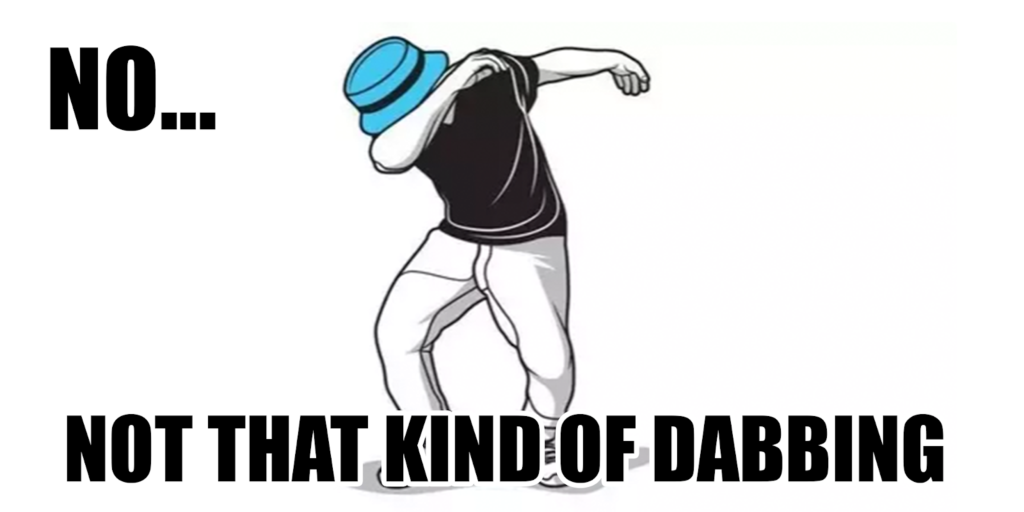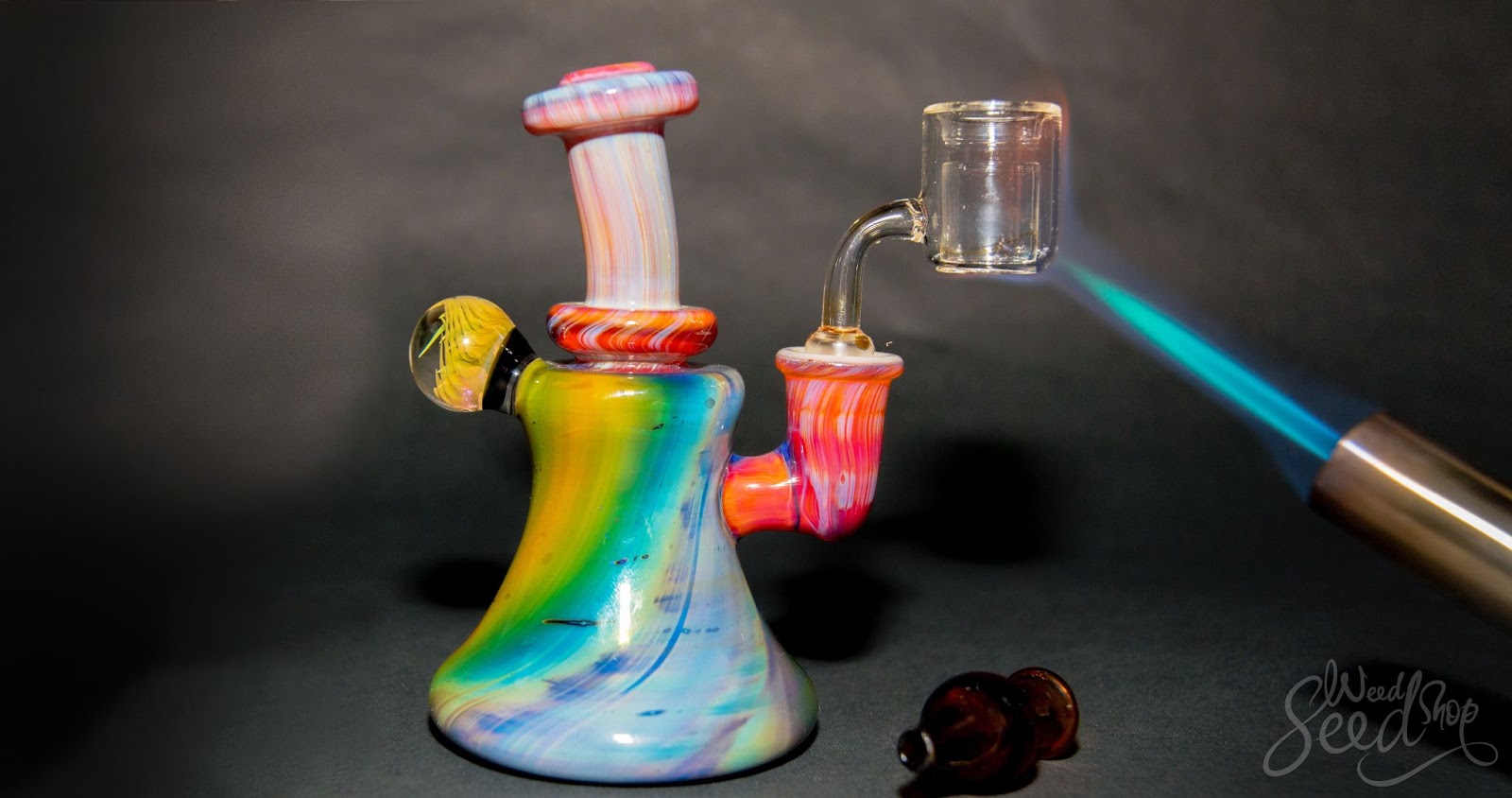
Cannabis 101: Forms of Consumption
Cannabis products and forms of consumption have come a long way as legalization and acceptance grows across the country. Consumption is not always about smoking a bowl, rolling a joint, or making “magic brownies.” Scientists and product manufacturers have developed various ways to consume cannabis, both recreational and medicinal. Below, we’ve summarized the basic categories of administration methods. Welcome to your crash course in forms of cannabis consumption.

Inhalation: Smoking, Vaporizing and Dabbing
When cannabis is heated, the cannabinoids convert through a process called decarboxylation. This process activates many of the psychoactive components of cannabis which cause consumers to experience a “high” feeling. Each user can experience different effects from smoking, but this route of administration will typically result in a quick activation time. Smoking can be a fairly inexpensive and approachable way to consume your favorite variety of cannabis, but be sure to consider the impact on your respiratory and overall health.
Most often consumed via a vape pen or cartridge, vaporizing is another method of inhaling decarboxylated cannabis through the heating of dried flower or oil. Although many believe that vaping is a healthier alternative to smoking, there is not enough scientific research to support this claim. Vaping oil, for example, can potentially cause users to inhale concentrated solvents, binding agents, or residual pesticides and other contaminants.

All the kids are doing it! “Dabbing” is a new inhalation method of cannabis that requires some specialized equipment but can deliver the effects of cannabis concentrates quickly and with great potency. Many consumers compare dabs and other routes to taking a shot of alcohol versus drinking a beer. A conventional dab rig resembles a glass bong, but they do differ slightly. A butane torch heats a metal or ceramic nail. When the heated nail is dabbed on concentrates, the cannabinoids activate and the vapors can be inhaled. This differs from the typical bowl and lighter technique for water bongs.

Oral Administration: Edibles and Sublinguals
Edible products that are currently available in regulated markets can vary greatly in terms of form and potency. From gummies to gourmet chocolates and infused cooking oils, edible cannabis products can be an alternative to inhalation. Although activation time for edibles is much longer, the duration of effects is unique to the ingester.
Another form of non-inhaling consumption is sublingual. Sublingual administration is the process by which cannabinoids are consumed from under the tongue. Then, the digestive tract absorbs the cannabinoids as they work through the consumer’s system. Sublingual cannabis commonly takes the form of a spray, mist, tablet, or tincture. Sublinguals typically take effect within the first 30-60 minutes of consumption, with full effects presenting within 1-2 hours. The benefits of sublingual administration are extensive. Most notably, sublingual administration presents a viable option for users who have trouble swallowing pills or do not like inhalation.
Topical/Transdermal Administration: Salves, Creams and Patches
Infused topicals affect the body’s endogenous cannabinoid system through transdermal administration. Through this process, cannabinoids bind to special CB2 receptors in the skin. Application of topicals may relieve neuropathic and arthritic pain, itchiness, and other ailments. Topicals are desirable for patients seeking pain relief without experiencing psychoactive effects. Topicals are administered directly to the skin with specified concentrations and careful instructions. Oftentimes, products contain natural and proven therapeutic essential oils to enhance aroma and provide additional health benefits.
Summary
In summary, there are many ways to consume your recreational or medicinal cannabis products. A few not mentioned in this blog post include nasal sprays, suppositories, pills, and capsules. New methods are sure to arise as new markets continue to emerge, legalization becomes more widespread, and research progresses. Regardless of how you choose to consume or distribute, educate yourself on each of these methods; chances are there is one (or a few) that fits your needs exceptionally well.
How Point7 Can Help
Point7 supports our clients by presenting the different forms of cannabis consumption and determining which methods will best aid their business needs. New products and innovative delivery methods are emerging and evolving constantly. Some states place limitations on the types of products a cannabis business can produce or sell. Overall, it is essential to understand the local market and the patient/consumer demand for each product type.
Most Recent Articles:
- Wayzata moves to open city-run weed dispensaryThe City of Wayzata is considering opening its own recreational cannabis dispensary sometime next year. On Tuesday, Wayzata’s City Council and mayor approved a contract with Colorado-based consulting firm Point7 to draft a business plan for the possible municipal dispensary. This would be the city’s third city-run business – it already operates a liquor store …
- Indiana Cannabis Legalization: 2024 UpdateThe Midwest has become a bustling hub for cannabis policy and industry, with states like Michigan, Illinois, and Ohio leading the charge in cannabis legalization. However, Indiana’s stance on cannabis remains a topic of significant interest and debate. As we delve into the status of Indiana cannabis legalization in 2024, it’s crucial for business professionals …
- Cannabis Expungement and Social Equity: Proven & Failed ConceptsIn the realm of cannabis expungement and social equity, examining both proven and failed concepts is crucial for understanding the complexities of justice reform and equity within the cannabis industry. Proven concepts include initiatives such as automatic expungement processes, which streamline the clearance of certain cannabis-related convictions, reducing the burdens on individuals seeking to rebuild …

